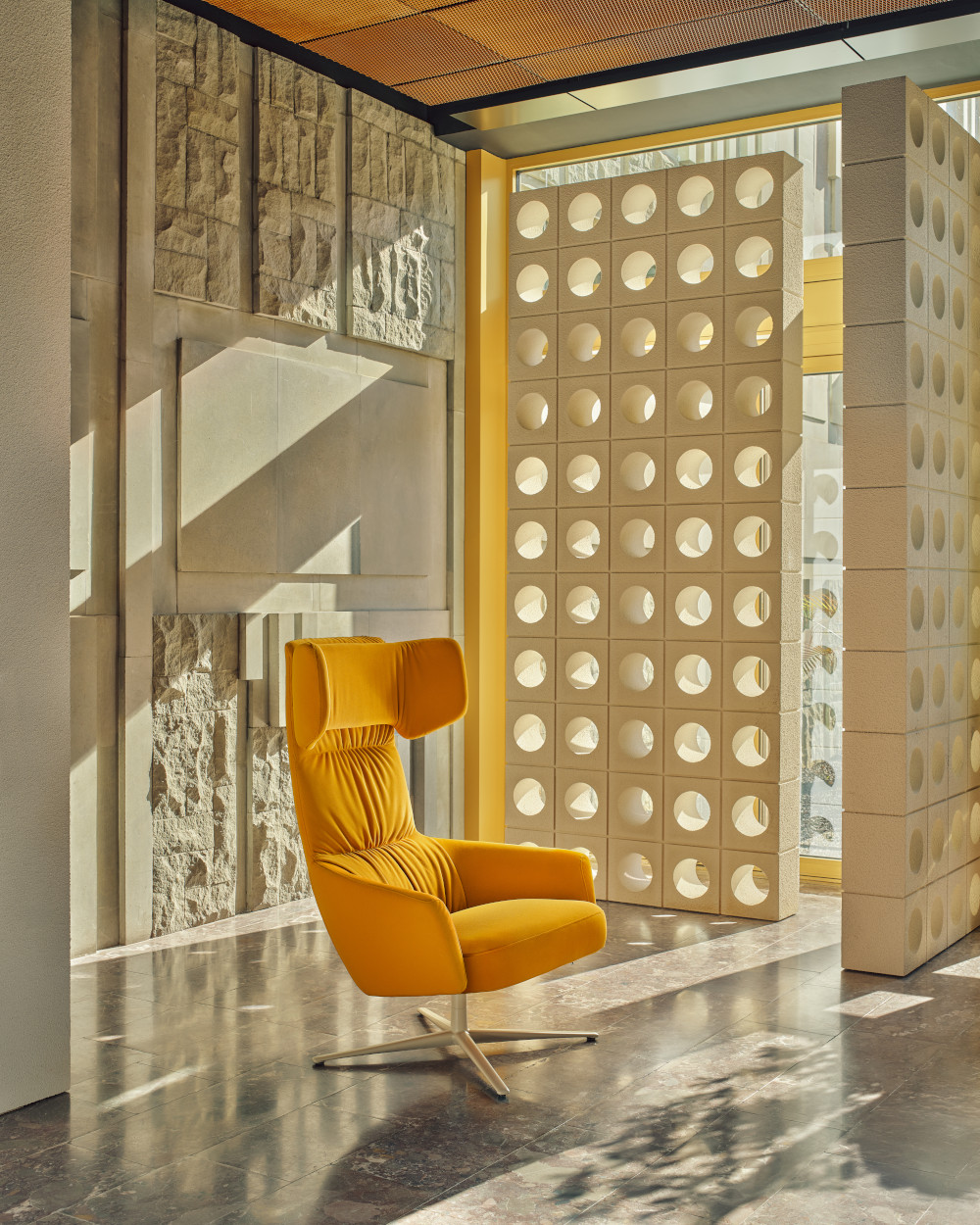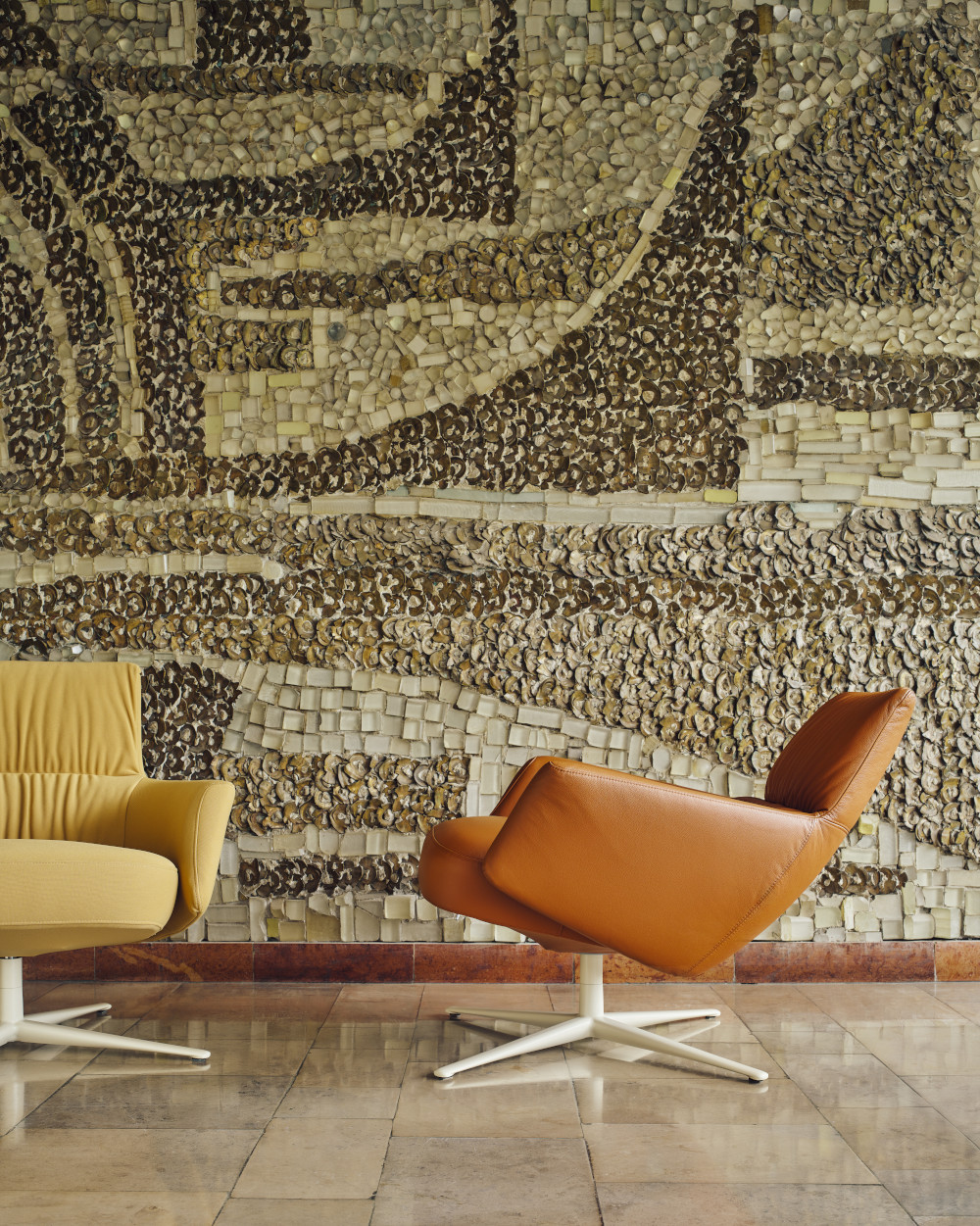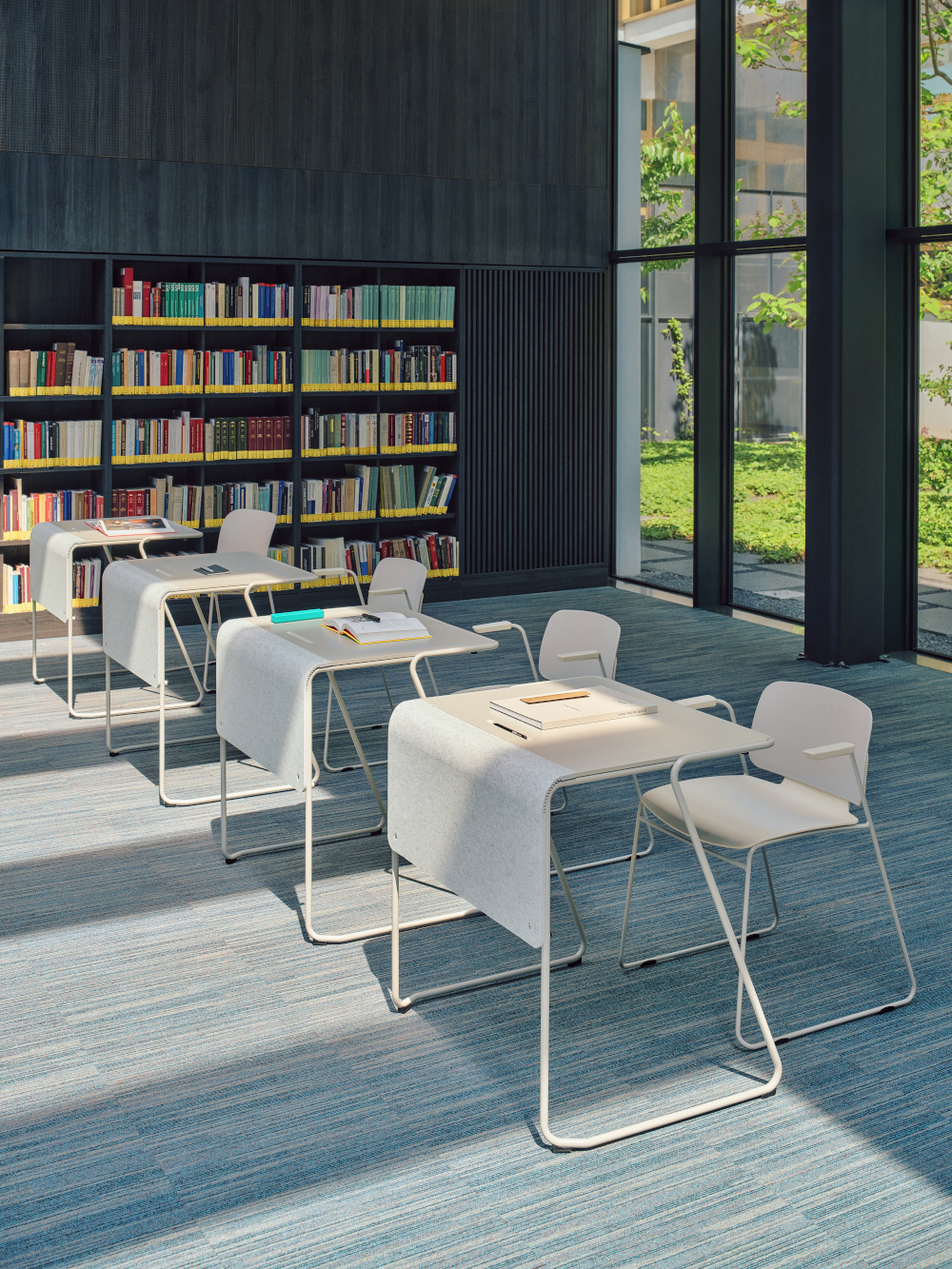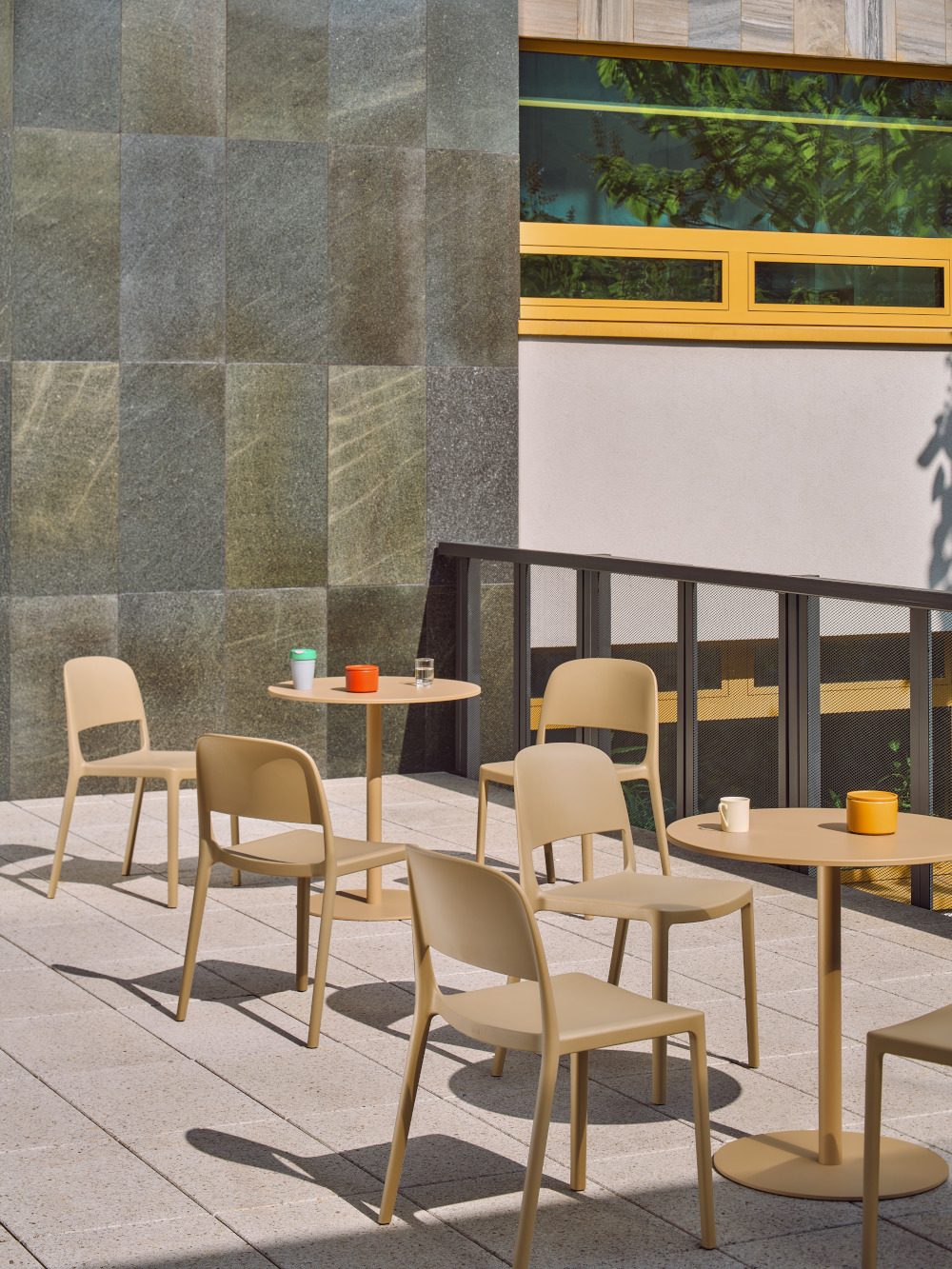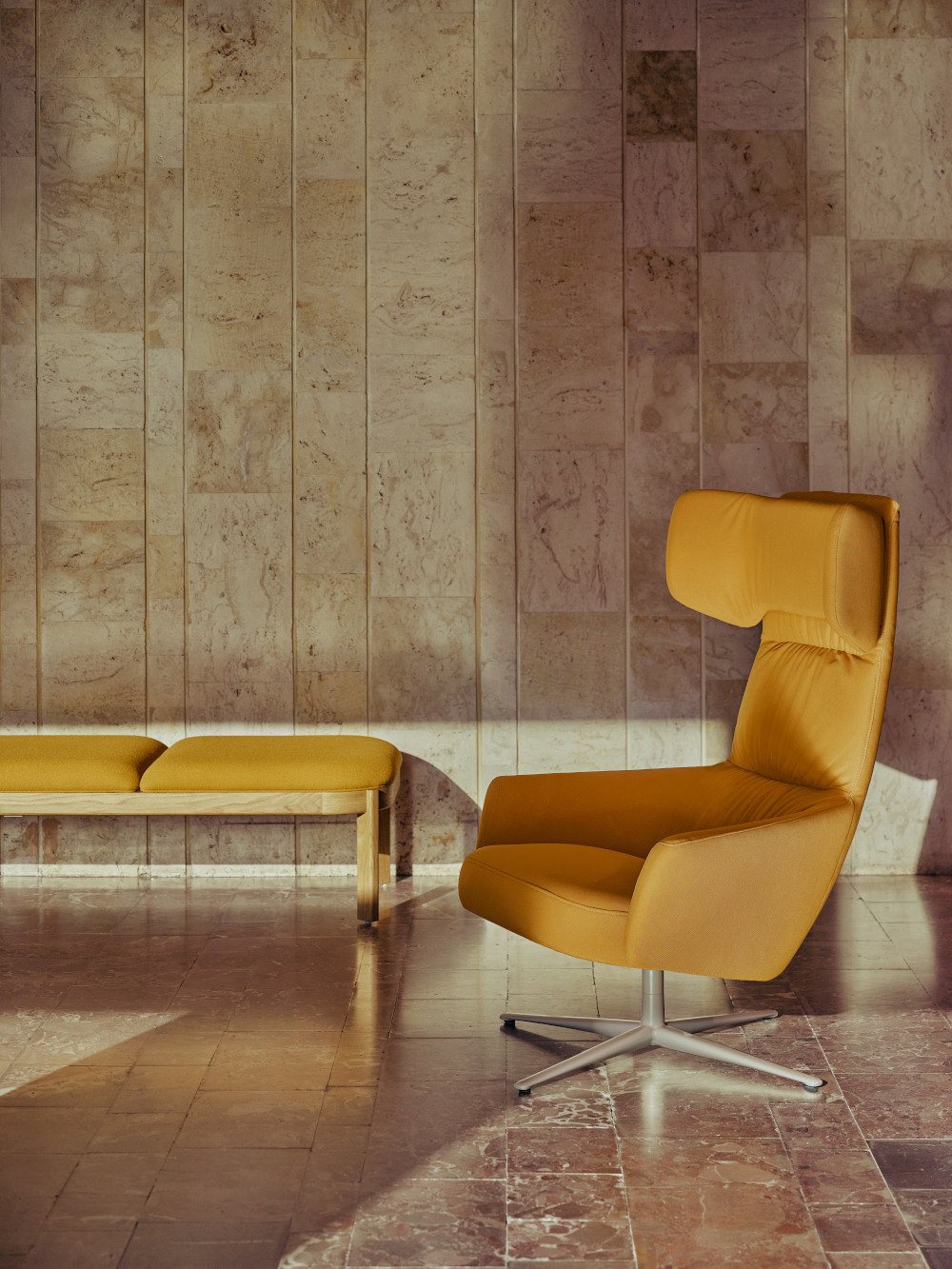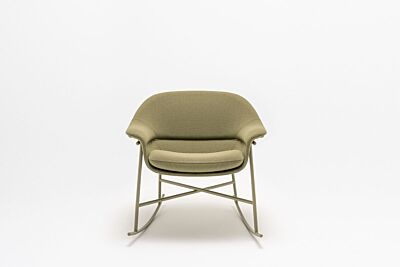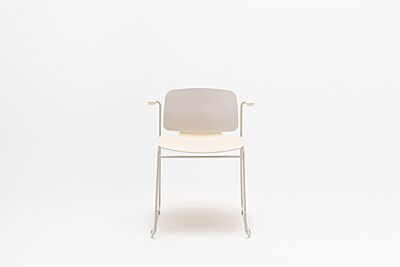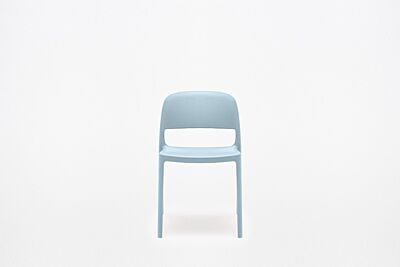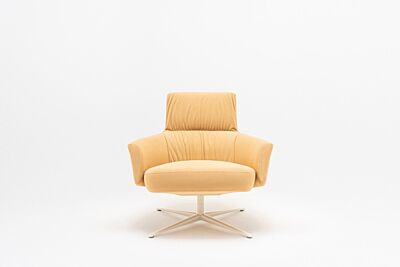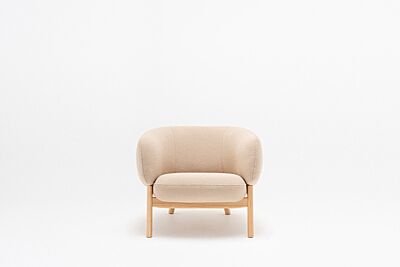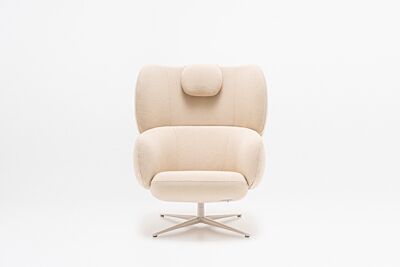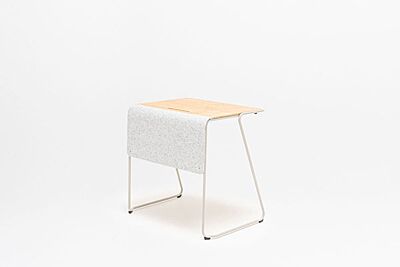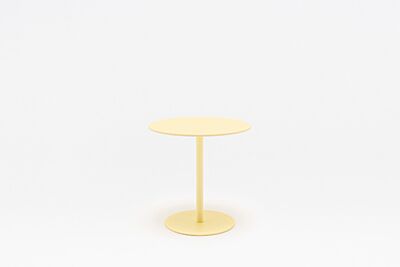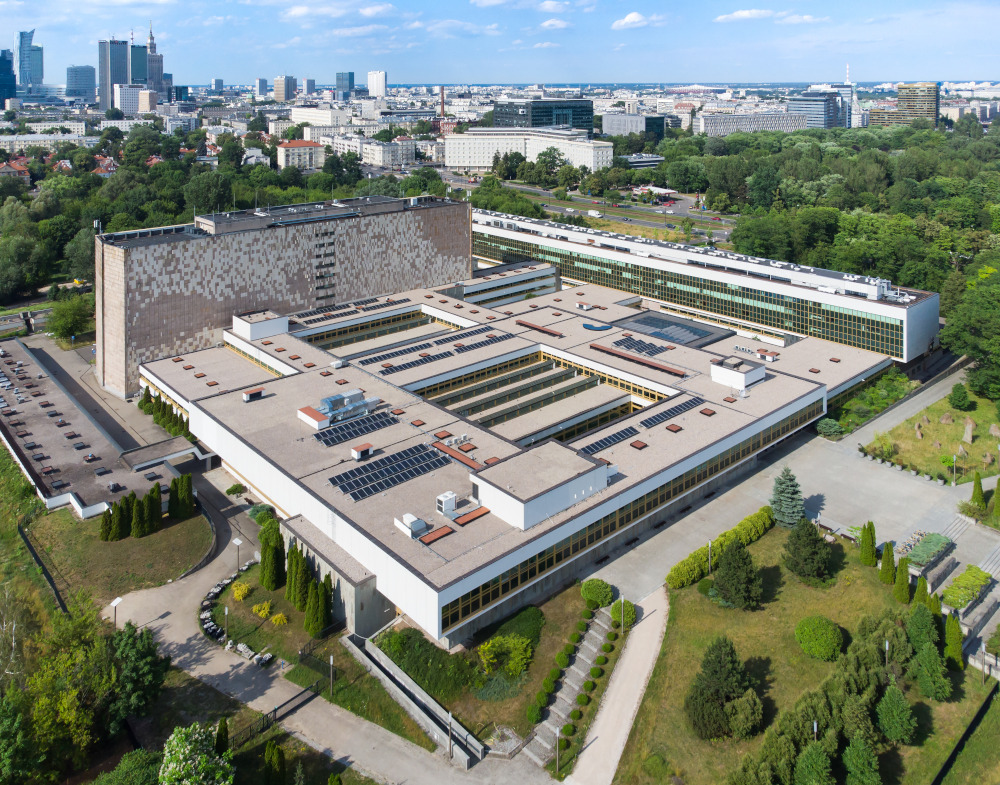
In our latest photo shoot, our furniture meets an exceptional background - the monumental mosaics adorning the walls of the National Library of Poland in Warsaw. This is not only an extraordinary setting, but also a story of Polish artistic heritage, perseverance and meaningful design. This is where we photographed our furniture, engaging in a dialogue with a heritage that continues to inspire.
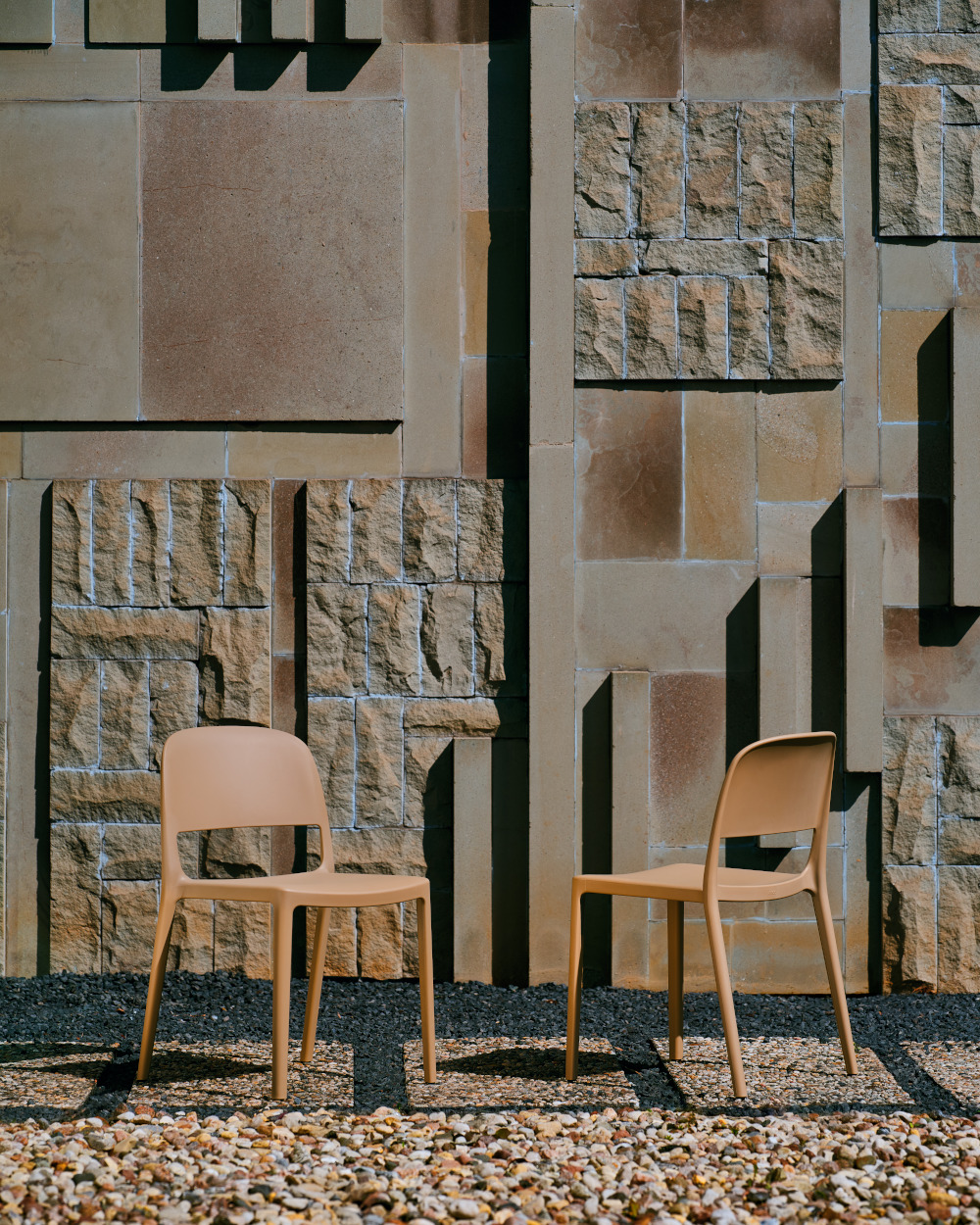
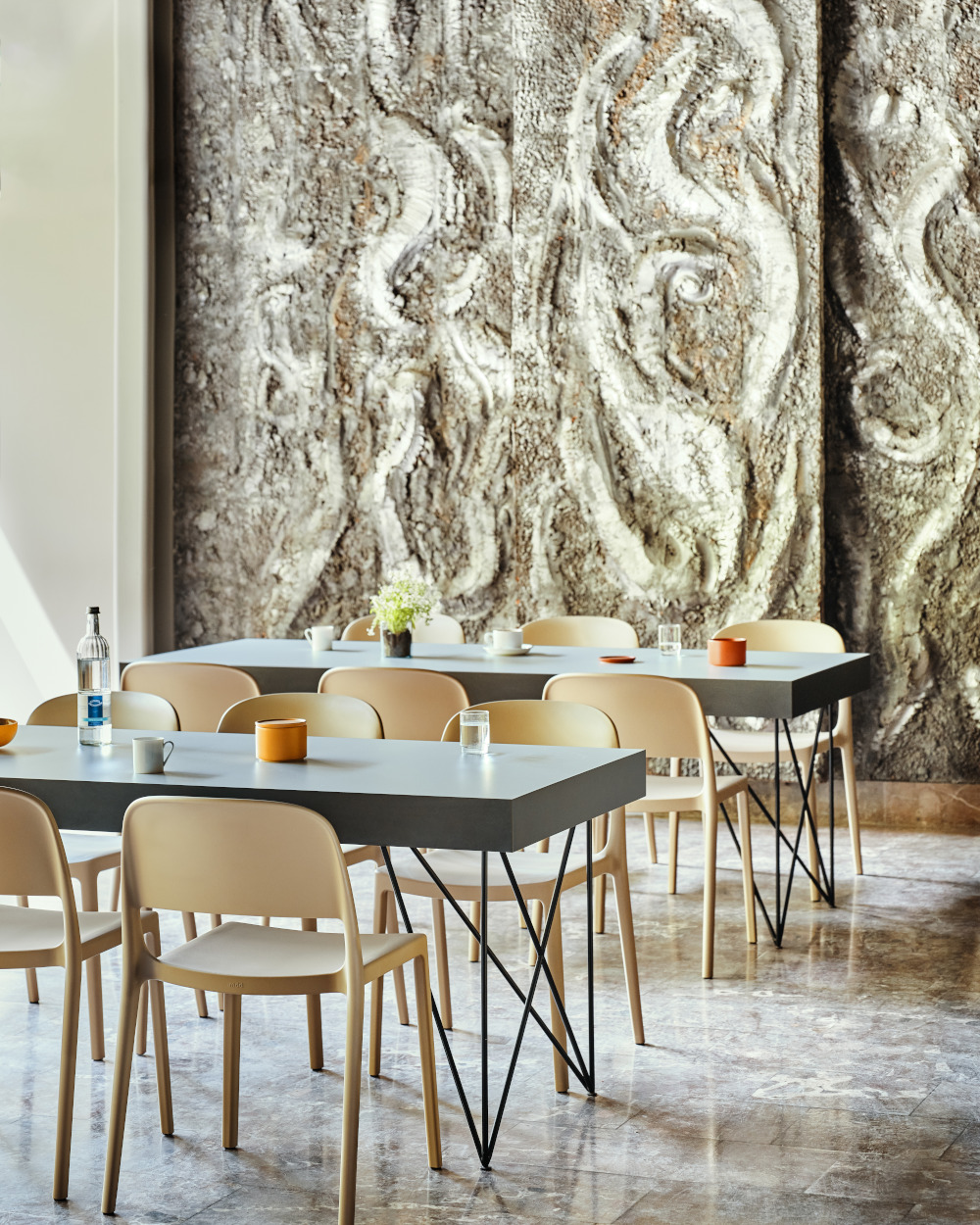
A building full of knowledge
The National Library of Poland is not just a storehouse for books, but an institution that contributes to cultural identity. This brutalist edifice constantly attracts the attention of designers and photographers and remains in the memory of all who experience it.
Designed by Stanisław Fijałkowski and Andrzej Szymański, the building was intended not only as a place to store collections, but also as a symbolic space: a monument to culture, memory and national identity. It does not seek attention, but rather imposes tranquillity. Its modernist form, brutalist aesthetics and noble proportions give the impression of stability, order and silence, so necessary when studying the book and intellectual effort. The walls of the library are enlivened by monumental mosaics whose symbolism refers to the essence of the library as a place for the exchange of ideas, the storage of memory and the encounter with ideas.
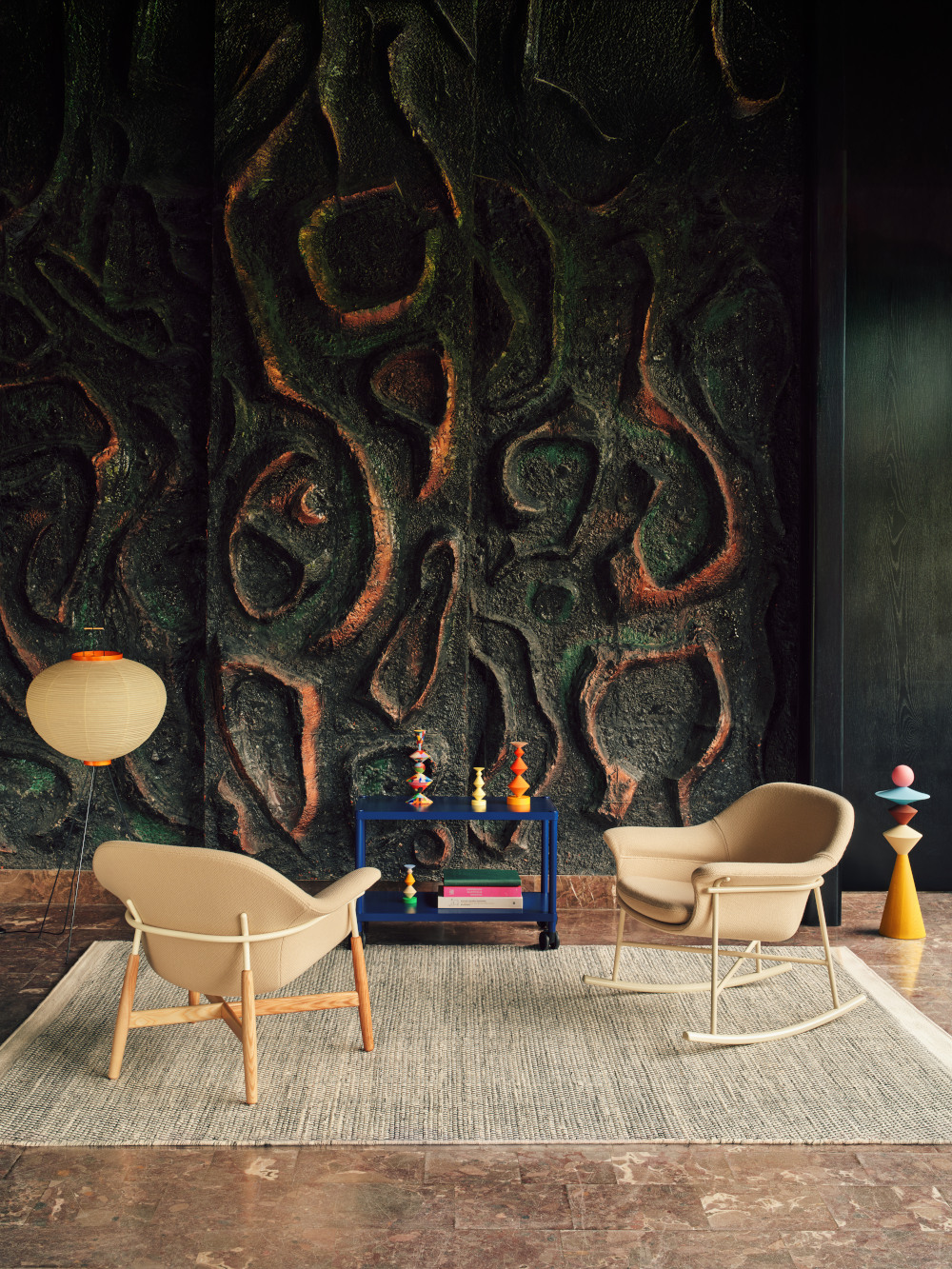
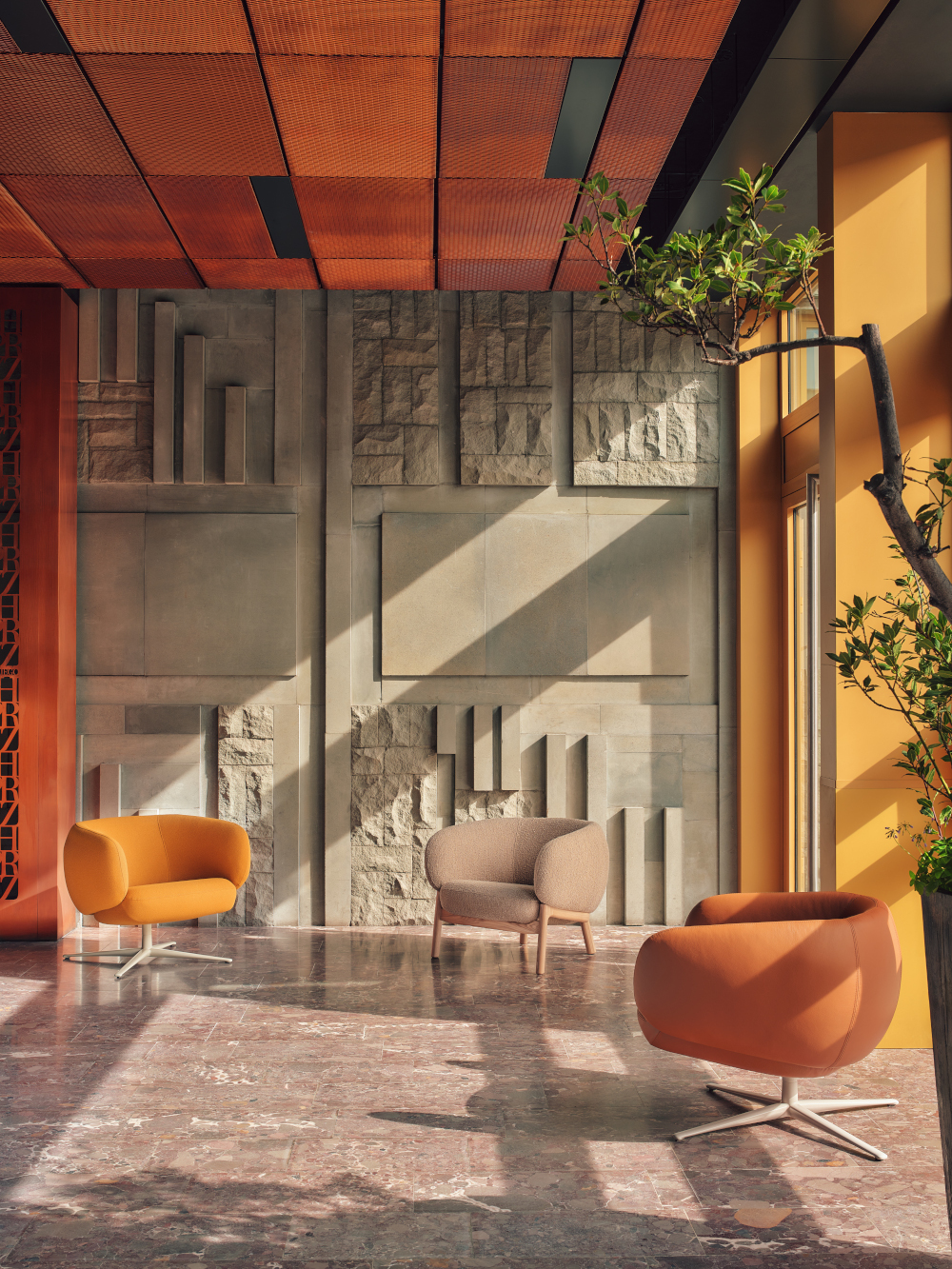
The mosaics were created in 1987 and, although they function as architectural decoration, they also carry meanings. They are abstract, symbolic representations of communication, knowledge, books and culture: motifs of letters, old library seals and waves appear here. Their dynamic forms recall the movement of thought, the transmission of information and the development of civilisation. They remind us that culture is not only the content, but also the form in which it is stored.
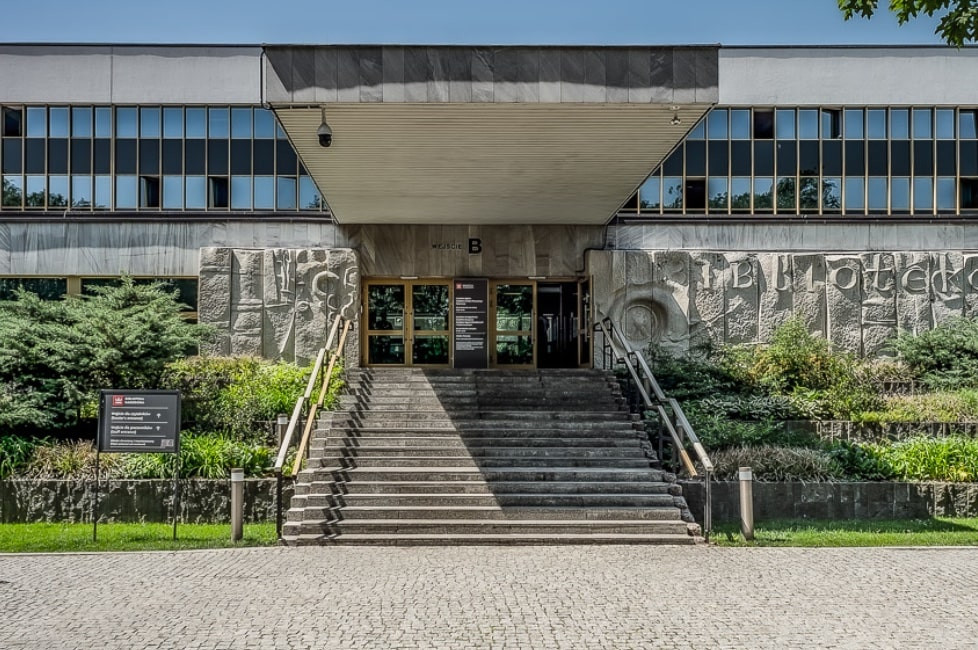
Art in times of scarcity
The author of the mosaics is Kazimierz Gąsiorowski, whose work continues to impress with its scale, symbolism and craftsmanship. During the deep economic crisis of communist Poland in the 1980s, when access to materials was limited, he created from leftovers - pieces of ceramic, glass, broken stone, production waste.
Today we would call this a sustainable approach or circular design, but back then it was a must. Out of this necessity came a form that has not only survived the decades, but has gained new meaning in the era of responsible design. Today, it is an example of thinking ahead of its time and a more ecological approach to art and architecture. In a world where sustainability is becoming the standard, the mosaics show that the creative spirit does not need an excess of materials, only ideas and effort to give them form and meaning.
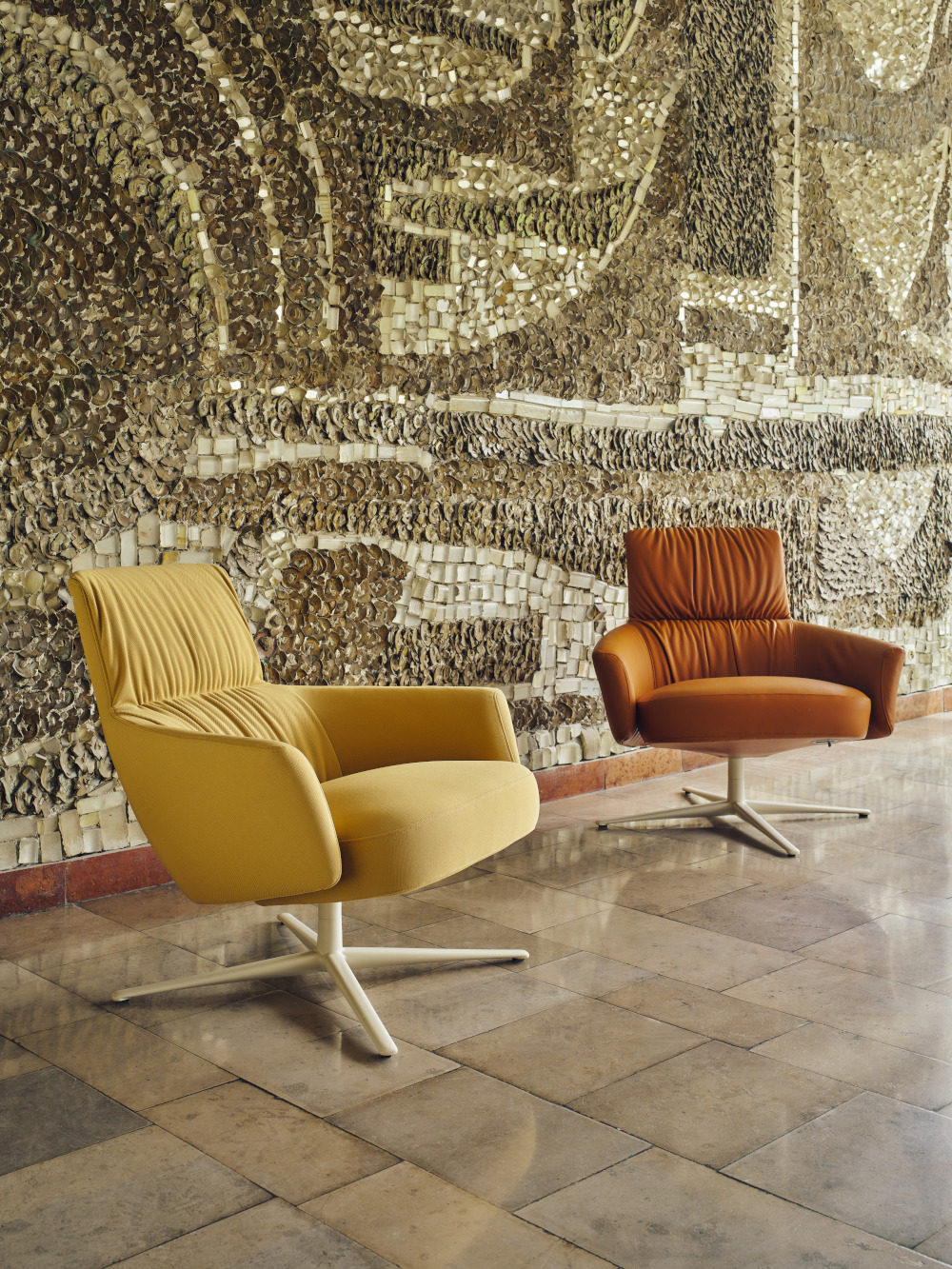
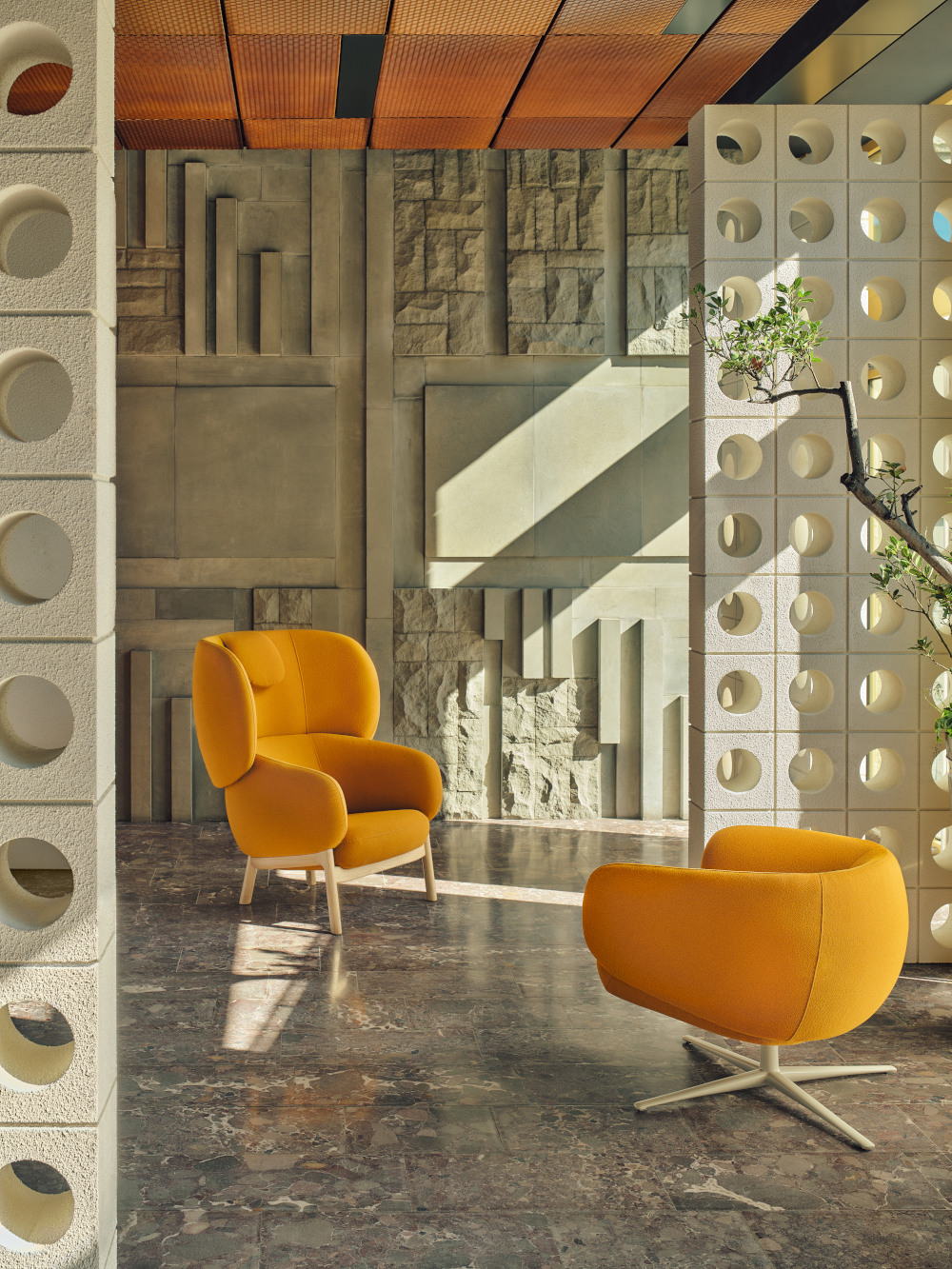
Design meets heritage
It is in this environment that we have photographed our furniture, juxtaposing modern design with artistic heritage. Our products engage into a dialogue with majestic mosaics, their minimalist forms meeting the texture of history. Kazimierz Gąsiorowski's compositions correspond with pieces by Krystian Kowalski, Christopher Nobles and Alejandro Valdes, showing that good design is timeless. It's a meeting of two generations of designers who are united by their concern for the meaning and durability of products.
See how modern .mdd furniture blends into a space full of history and meaning:
